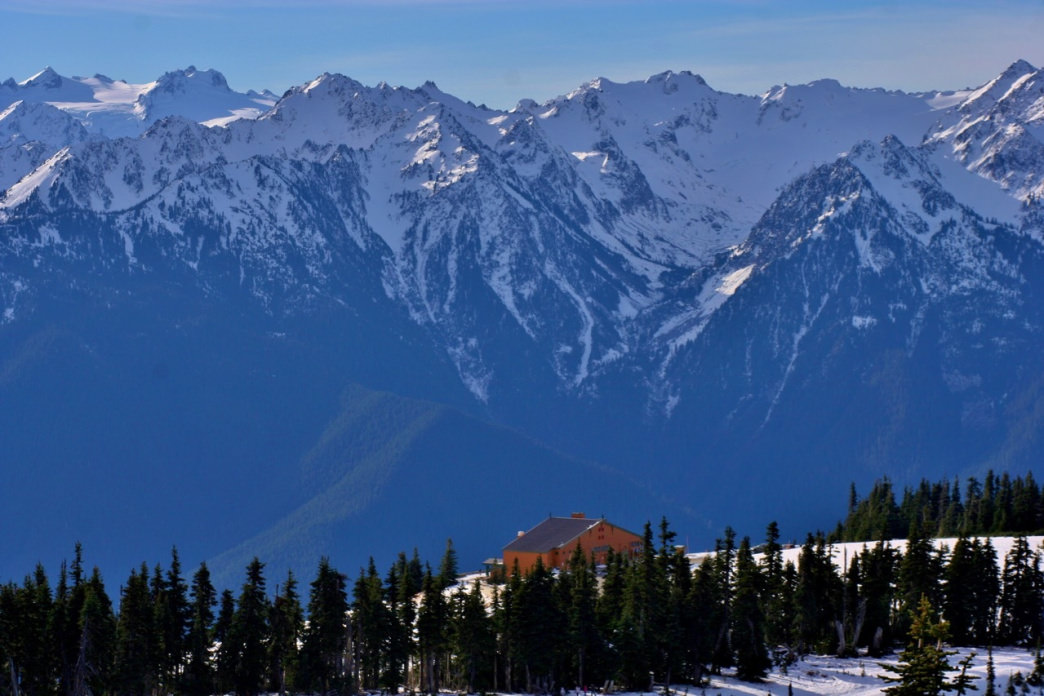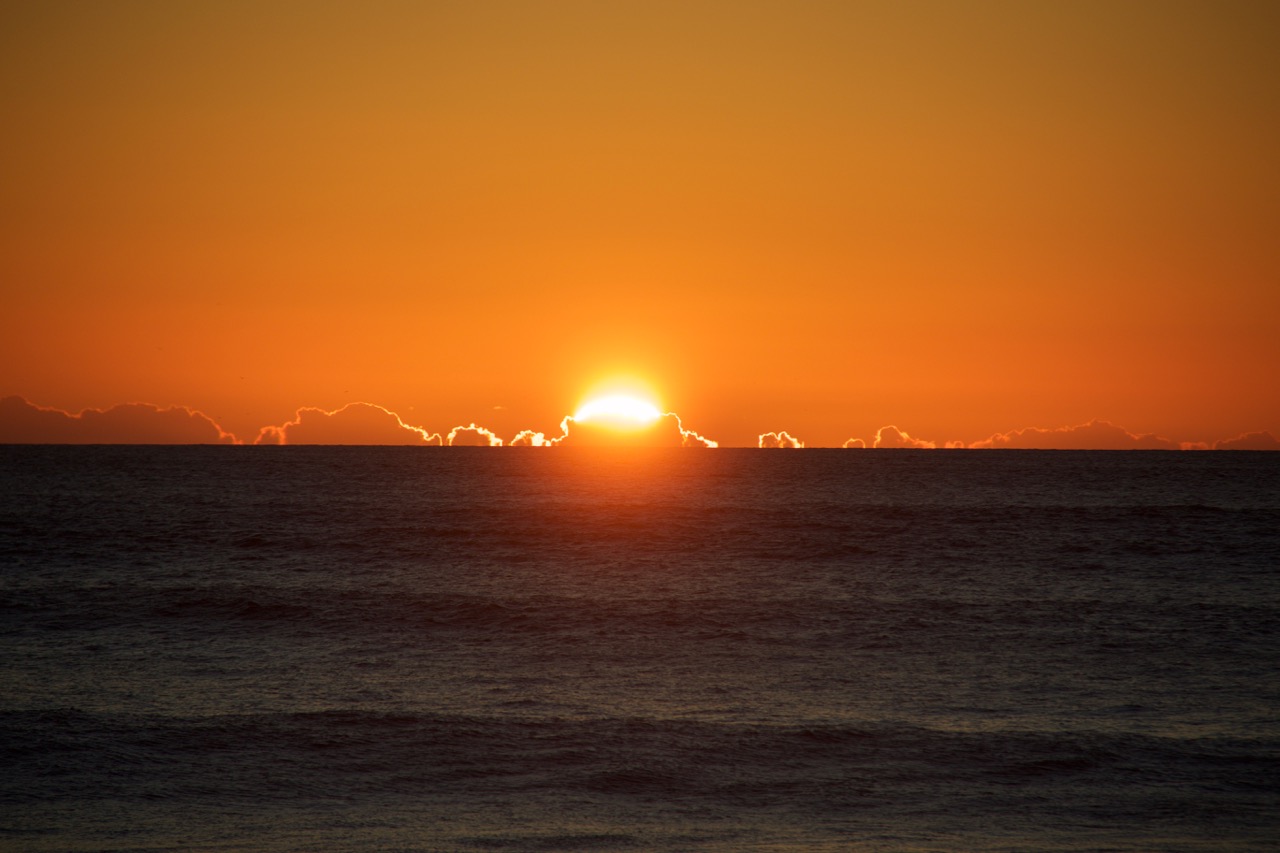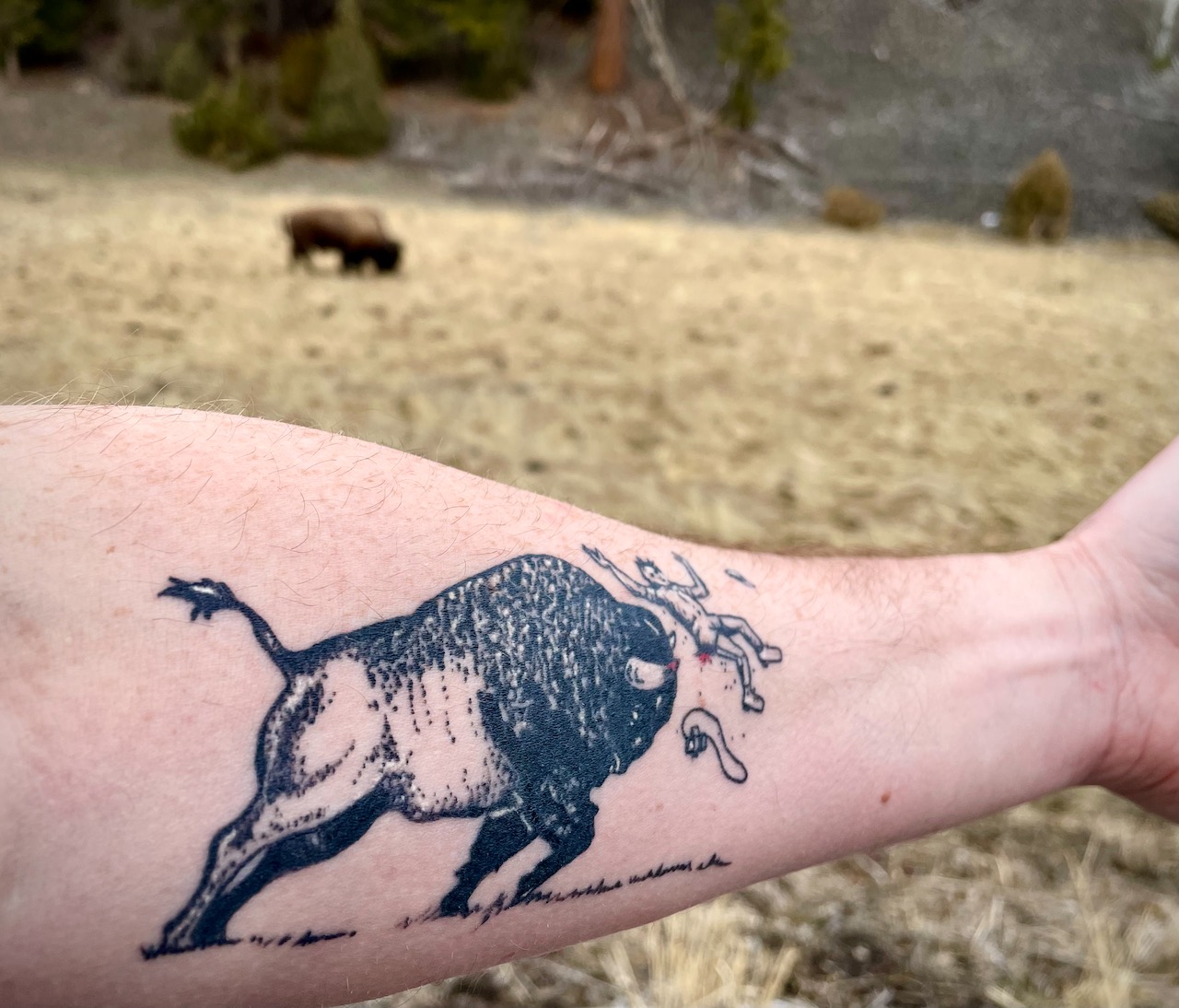Looking at visitation stats is nothing new for me. For the past decade, I have been analyzing trends and looking at visitation statistics to National Parks. My focus has always been on Olympic, as I grew up and reside next to the Park’s boundaries. I started researching visitation statistics for Olympic in 2010. It was then that I learned Olympic has consistently been one of the most-visited National Parks in America since 1979. In the last 39 years, it has never dropped out of the top 10, but that may soon change.
In 2018, Olympic continued to drop in the rankings, falling to number 9. This is the lowest ranking the park has had and shows a continual decline in visitation while other parks increase in popularity. While 2018 started with its best January since 2001, things started going downhill in March. In fact, only two months saw higher visitation numbers than in 2017. Because of the drop in visitation and numerous people asking why, I decided to look into the most popular theories. All statistics used are official and from the National Park Service.

Five Possible Reasons for Less Visitors
Wildfires
There is no doubt that the brutal wildfire season of 2018 impacted Olympic visitation. In the months of July, August and September, when smoke from the British Columbia fires smothered the entire Pacific Northwest, Olympic National Park saw a huge drop in visitation. There were 110,000 less visitors than in August of 2017, and 160,000 less than in August of 2016. The month of August 2018 was the lowest August number since 2012. July of 2018 was the lowest visitation number for the month since 2008, while September of 2018 was the lowest since 2010. In those three months in 2018, nearly 200,000 less people came to the park than over the same time period in 2017.
Before we say that this is the reason, we need to look elsewhere in the Pacific Northwest to see if the smoke really deterred visitation in the region. While the Olympics did get hammered, nowhere in Western Washington was immune from the smoke, not even Mount Rainier. Despite the smoke Mount Rainier had an amazing year for visitation, seeing the highest number of visitors since 1992. In July, August and September of 2018, when Olympic was seeing less people, Mount Rainier received 18,000 more visitors than during those months in 2017. While not a huge increase, it appears as if smoke was not a major hinderance.
Road Construction
Olympic National Park had a “fun” road construction project in 2018, slowing down cars driving along the Lake Crescent stretch of road along Highway 101. This did have a serious impact on visitation, possibly largely contributing to the 7.5% drop in visitation from 2017. The months of July, August and September, which are the most popular months to visit Olympic, did see an average of 7.6% less visitors. However, while this is an inconvenience, most people who visit Olympic are not going to be dissuaded from a visit because of a 30 minute wait along the lake. Locals will complain about it, but construction on roads in National Parks happens every year, all over. In Yellowstone National Park, a 15 mile stretch of road has been under construction for three years, but visitation is minimally impacted. I am sure this had a small impact on visitation, but it does not explain the drop.
Washouts and Closures
Without constant road washouts and closures, would Olympic even be Olympic? The best way to get less people to visit a park is to take out the roads, and mother nature is doing just that around the Olympic Peninsula. In 2018, the road into the Hoh Rainforest was closed for over a month, helping lead to a 28% decrease in visitation to that region of Olympic. Over 110,000 less people visited the Hoh in 2018 versus 2017. This is, by far, the largest drop of visitation in any region for Olympic in 2018.
All around Olympic, random closures occurred throughout the year. This happens every year though, so how much did it impact overall visitation? Talk to most locals and they will say it feels like the Elwha area of the park has been opened and closed due to washouts more than Hurricane Ridge has been closed to snowfall. Obviously an exaggeration, but it shows that washouts and closures are common.
While the Hoh was down in visitation, nearly every corner of the park was down. Lake Crescent was down 7.5%, Kalaloch was down 8.8%, the aforementioned Elwha was down 100%, Hurricane Ridge was down 0.6% and Staircase was down 17.4%. The only exceptions were the LaPush area (+2.2%), the Ozette region (+5.5%) and the Quinault (+3.2%), which showed minimal gains. Some of these areas were closed for a time period or had small washouts too.
Government Shutdowns
There were two government shutdowns in 2018. The first, in January of 2018, lasted three days. The second stretched from December 22nd of 2018 to January 25th, 2019, and was the longest government shutdown in US History, so far. While these two shutdowns may have impacted a few people’s choices to head to Olympic, they occurred during slow times for visitation. Even then, the parks were still open, except for Hurricane Ridge. Hurricane Ridge saw a 71.4% decrease in visitation in December of 2018 versus the same month in 2017. While huge, that 71.4% was just 6,812 people. At most, park wide, the government shutdowns of 2018 impacted around 8,000 people.
Lack of Infrastructure
One other aspect that can’t be overlooked as a cause for decreased visitation is the lack of infrastructure around Olympic National Park. Campgrounds have been washed away or closed, hotels with vacancies are few and far between in the summer months, visitor centers and ranger programs are minimal compared to other parks, and amenities for visitors are hard to find. Olympic is one of the more rugged and removed major National Parks and while other parks are building, it seems as if Olympic is getting more wild.
While great news for many, the continual expansion of wildness for Olympic could help lead to more issues. Olympic can, and should, find a balance between the wilds all around the region, as well as making the region accessible to all. When I share with many fellow locals about the lack of infrastructure around Olympic, they tell me it is a good thing, so they can keep the park to themselves. This is a silly, antiquated way of thinking. As soon as I say we need to increased tourism infrastructure around Olympia, I am told how Arches National Park is ruined. Olympic is not Arches and it will never be. Olympic is 95% wilderness and roughly 3/4 of a million acres in size. We can build smartly in existing, developed areas and encourage more people to visit the region and become stewards of the land.
What Does This All Mean?
This could be the start of a downward trend, or may just be a dip in a steady growth cycle for Olympic. I do not know what the future holds. I wrote this because I found it interesting and had many readers ask me questions about this topic. All I can share are the facts, which say that Olympic is dropping in popularity nationwide. In 2018 it received over three million visitors and is still in the top 10 of most-visited National Parks in the USA. It is still loved by all of us and celebrated as a glorious place for incredible wilderness adventures. It is just a little sad to see it dropping in the rankings. At least, for me.
DISCOVER THE BEST ADVENTURES IN AND AROUND OLYMPIC!
Written by a local, with the aim of making everyone feel like a local, Doug Scott’s Olympic National Park Area Guidebook is sure to give you the best trip possible around Olympic!




